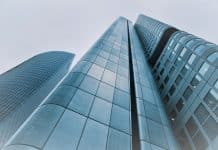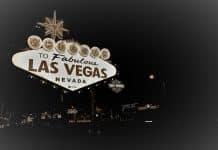In the early 2000s, energy efficiency was not of substantial concern to U.S. commercial real estate owners. Consider that in 2005, just 5% of commercial office space situated in the nation’s top 30 office markets was either LEED- or ENERGY STAR-certified, according to CBRE’s Green Building Adoption Index 2017.
That figure has snowballed to 38% today, CBRE says. Sustainability has come of age.
For its Green Building Adoption Index, CBRE teamed with Maastricht University and the U.S. Green Building Council to study the implementation and growth of LEED and ENERGY STAR certification for office properties located within the top 30 U.S. office markets.
Data from the report appear to suggest some correlation between energy benchmarking laws (passed as part Clean and Affordable Energy Act of 2008) and the rates of LEED and ENERGY STAR implementation.
CBRE reports that “a city having enacted a benchmarking ordinance is correlated with a 9-percent increase in ENERGY STAR- and LEED-certified buildings, and a 21-percent increase in ENERGY STAR- and LEED-certified square footage.” The commercial real estate services firm notes several cities have experienced escalation in the adoption of environmentally friendly building certifications after the passage of benchmarking and transparency laws.
Here are the top 20 cities harboring the most “green” (environmentally friendly) commercial space.



















